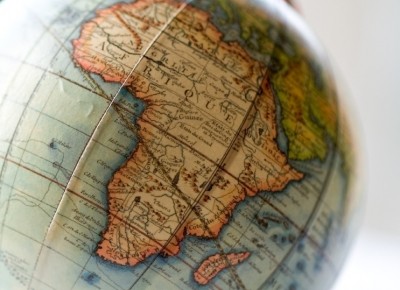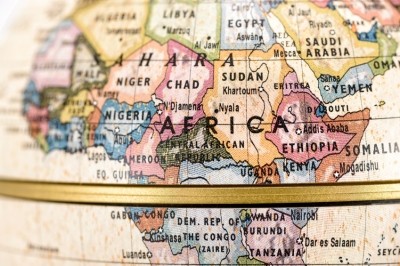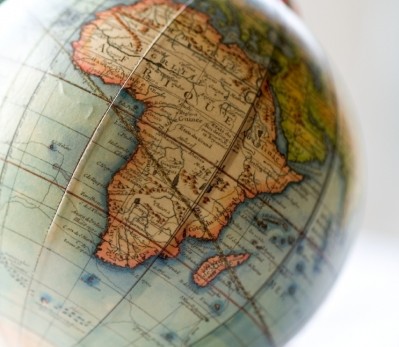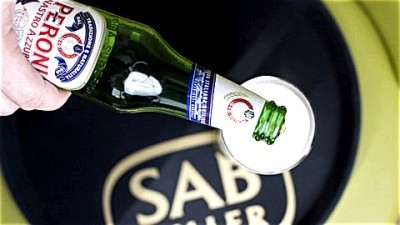AB InBev and SABMiller deal: How will other big brewers react?
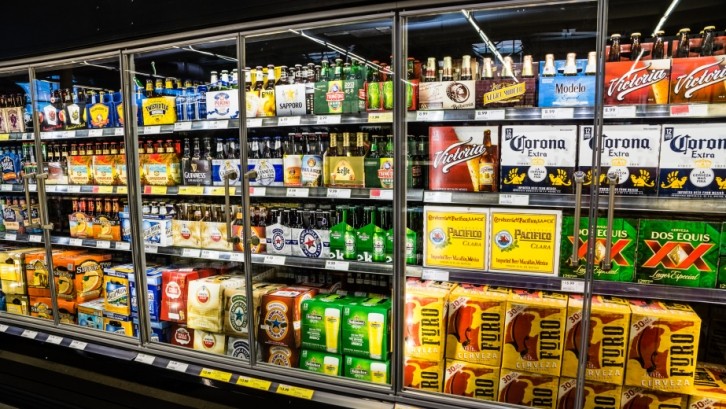
AB InBev and SABMiller have agreed in principle to combine to create the world’s largest brewer, which is expected to control some 30% of global beer volumes.
Nick Petrillo, beer and spirits analyst for IBISWorld, says combining companies is a promising path in an industry with mediocre growth, low profit margins, and high competition. Over the past decade big brewers have found it easier to merge with competitors than compete: and he believes the AB InBev and SABMiller deal could be the catalyst for more tie-ups.
“Big brewers might be even more compelled to take the lead of AB InBev and SABMiller in the aftermath of this deal,” he said.
The biggest of the brewing buys
Petrillo says last week’s blockbuster agreement between AB InBev and SABMiller reflects the lacklustre growth in the global beer market in recent years. Major beer manufactures have been reluctant to invest significant capital into expanding their distribution networks or building additional manufacturing sites, he added.
As attractive alternative for major beer companies is simply to consolidate existing distribution and manufacturing operations – an option that does not require costly capital investment.
AB InBev was created when InBev bought Anheuser-Busch in 2008. InBev had previously been created by the merger of AmBev and Interbrew in 2004. SABMiller was created when South African Breweries acquired Miller Brewing in 2002.
“The consensus among large beer manufacturers over the past decade has been that it is far easier to merge with your competitors than to compete with them. Competition in this industry is very strong, and profit margins on most premium light beers are not particularly impressive.
“Rather than embark on the slow and costly process of expanding product portfolios organically and investing capital into broader and more efficient distribution channels, M&A can often achieve both of these goals more quickly and more affordably, while eliminating major sources of competition in the process.
“The efficiency of this new entity [AB InBev and SABMiller] is the key point here. This combined entity will dominate, according to IBISWorld estimates, over 50% market share of the breweries industry in the US.”
In fact, Petrillo says major mergers have been a ‘practical necessity’ for global beer manufacturers to boost revenue and profit margins.
AB InBev already has significant market exposure in North and South America; and the tie-up with SABMiller gives it far greater reach in Africa and Asia.
“AB InBev’s buyout of SABMiller would, in theory, allow both companies to eliminate their largest source of competition while combining the distribution outreach of their product portfolios in the process.”
What’s next?
AB InBev and SABMiller have to meet a UK takeover deadline of 28 October to formalize the offer. Then there is still work to do before the deal is completed.
“Looking back to the Anheuser Busch – InBev merger of 2008, which was strikingly similar in both its magnitude and in the antitrust issues that had to be resolved prior to the deal’s completion – the entire process was agreed upon, finalized and set in motion over a span of four months,” said Petrillo.
“It is reasonable to expect a similar timeframe for AB InBev and SABMiller, provided that the offer is formally accepted.”
